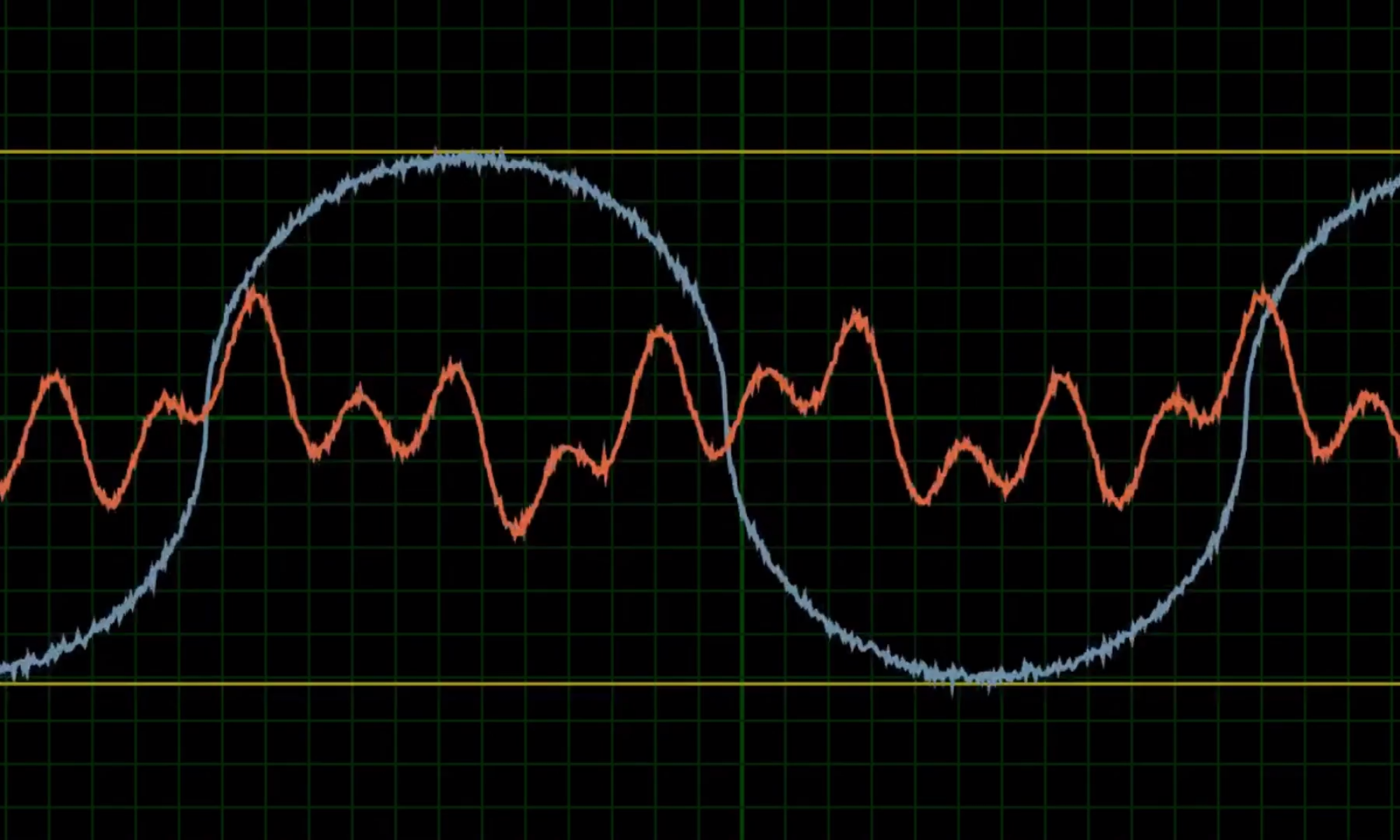Soft Sensors: A Review of Current Research and Industry Practice
Researchers:
Mr. Alain Bartels
([email protected])
Prof. Melinda Hodkiewicz
Dr. Ed Cripps
Summary
Data from permanently installed sensors is used for monitoring structural integrity, safety critical processes, weather and for the control of operating facilities. If these sensors are degraded, they give an inaccurate picture of a structure’s integrity, or a plant’s operating and safety condition. Currently, periodic manual calibration of sensors is the norm in the oil and gas industry. This strategy may not be optimal as faulty sensors can operate for periods up to the scheduled calibration event. Recalibration is labour intensive, often requiring specialist expertise, and can impact on asset availability as well as exposing maintenance personnel to risk. In practice, only 5-10% of sensors in industry require calibration when checked [1, 2]. This report provides an overview of sensor calibration assessment with a specific focus on the use of Soft Sensor Models for determining calibration intervals of permanently installed sensors on off-shore structures. Our aim is to examine the potential for a Ph.D. project in this area under Program 5 of the ARC Research Hub
for Offshore Floating Facilities. Soft Sensors, also known as inferential models and virtual sensors, are the names given to models designed to infer a sensor’s parameters from other sensors. The nuclear industry has been one of the main drivers in the development of Soft Sensors as they move towards condition-directed and risk-based calibration and away from fixed frequency calibration practices. The benefit is fewer unnecessary maintenance procedures that can result in damaged or mis-calibrated equipment, fewer activities that can increase asset downtime if the calibration task is on the critical path and lower exposure of their maintenance workers to hazardous situations. We have drawn on the academic literature, Industry Standards and conversations with industry personnel. We have identified opportunities for Soft Sensor modeling methods, developed for process plants, to support risk-based calibration of permanently installed sensors on off-shore structures and to assist in structural model validation. There are also a number of questions regarding oil and gas industry practice and regulation which we believe warrant further investigation. The main findings of relevance to the oil and gas industry are as follows:
- Current practice in the oil and gas industry, in both gas processing plants and off-shore structures, is to use a fixed time approach to calibration of permanently installed sensors.
- For sensors in gas processing plants calibration intervals are primarily based on failure rate estimates from OREDA.
- Offshore structures have both permanently installed monitoring systems for structural and environmental measurements and technicians perform periodic inspections. No guidance as to sensor calibration best practices for perma- nently installed offshore structure monitoring devices has been located. If the Hub’s partner organizations have access to Standards, technical regulations, or industry practice relating to this topic, we would be grateful for any information.
- Because of the proliferation of sensors used for safety monitoring and control in process plants, most of the development work in Soft Sensor models has been come from this area. Until recent developments with WiFi-enabled sensor networks there has not been the volume and coverage of data on structures to make Soft Sensors an option. Consequently, we have found few examples of Soft Sensor models for structural monitoring. However this is changing and with the expected growth in use of cheaper, solid-state, WiFi-enabled sensors for structural monitoring we expect sensor calibration to become an issue, especially for Not Normally Manned operations.
- There is a strong drive in the nuclear industry to move away from fixed time approaches to calibration for cost, safety and efficiency reasons and as a result the nuclear industry is at the forefront of Soft Sensor calibration research.
- Particle filtering methods are being applied widely to industry situations in which plant process is monitored by permanently installed field sensors and periodically by specialist technicians. The aim is to utilize both sources of measurement in updating the state space model that describes the physical process of interest and estimating the uncertainty. Methods developed in other sectors may be relevant to structural health monitoring offshore.
- The current focus in the nuclear industry is on quantifying the uncertainty in the soft sensor calibration prediction. Much work is now focused on accounting for time and spatial correlations between different sensor measurements using a Gaussian Process (GP) model within a Bayesian framework. This need to quantify uncertainty is also a requirement in marine and offshore reliability analysis.
- Work using GP models for Soft Sensor calibration in the nuclear industry is in its early stages and has focused on steady state data under normal (fault- free) conditions in a limited number of experimental, simulation and real plant examples. There is much interest in this approach for quantifying uncertainty.
- Recent work in the Data Science group within Woodside using Generalised Linear Models and Elastic Nets to detect out-of-calibration sensors in the process plant using data-based approaches shows promise but has yet to be implemented in the field.
- In practice, data to develop and maintain Soft Sensor models is problematic. Within oil and gas companies, data on gas plant sensor calibration may be held in different places, for example, at a functional location in the asset register and/ or in a separate set of records about the Safety Integrity Level (SIL) afety loop of which it is a part. This can create issues in finding data on the sensor calibration. Unless data is readily available about the as-found sensor calibration state, what was done to return the sensor to calibration, when the work was done, and its as-left condition, it is very difficult to create and maintain Soft Sensor models.
- There are the test facilities and modeling expertise here in the ARC Offshore Structures Hub to develop a research program for Soft Sensor calibration for sensors permanently installed on offshore structures. Potential test facilities include the River Lab for structural work, and the Pump Test facility for plant work. The development of the scale gas processing facility under the UWA hosted ARC Industrial Transformation Training Hub LNG Futures is also an option. We suggest that there is enough evidence in this report to support a PhD Student in Program 5 to investigate “Solutions to inferential sensing problems on offshore structures” starting in 2018. We recommend that the work focus initially on sensors installed on the Riverlab in collaboration with Program 2 with the potential to apply lessons learned to ”real” data provided by our partner organizations.


